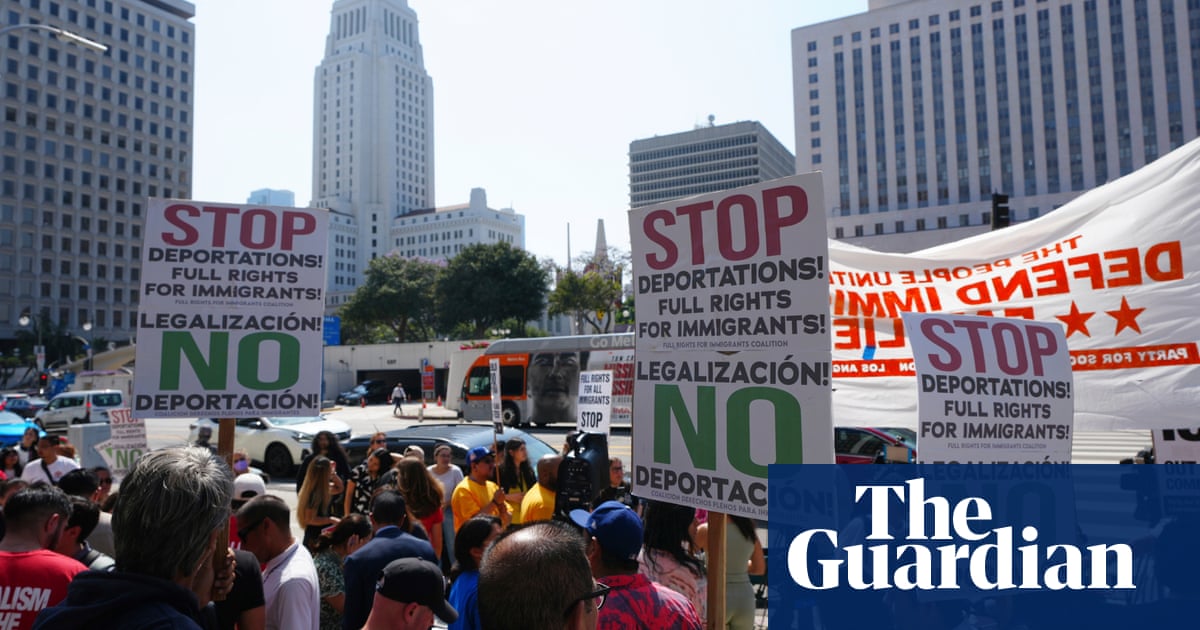The fallout from Myanmar’s earthquake has overwhelmed parts of the healthcare system, the World Health Organization has said, as the official death toll rose to more than 2,000, with many more missing.
Rescue operations faced “significant obstacles including damaged roads, collapsed bridges, unstable communications and the complexities related to civil conflict”, the WHO said in an update.
“The earthquake’s devastation has overwhelmed healthcare facilities in the affected areas, which are struggling to manage the influx of injured individuals. There is an urgent need for trauma and surgical care, blood transfusion supplies, anaesthetics, essential medicines, and mental health support,” the UN health agency added.
Later on Monday, Myanmar’s junta announced Friday’s major earthquake had led to the deaths of 2,056 people. A spokesperson said that 270 more people were still missing, with 3,900 people injured.
Predictive modelling estimates by the US Geological Survey, which monitors seismic activity, suggest the death toll could eventually reach well over 10,000.
The WHO said at least three hospitals were destroyed and 22 were partly damaged, while “the scale of deaths and injuries is not yet fully understood”. The agency had earlier issued an urgent flash appeal for $8m (£6.1m) for emergency support.
Myanmar has declared a week of national mourning, with national flags to fly at half mast.
Across central parts of the country, homes, religious sites, schools, universities, hotels and hospitals have all been damaged or destroyed. Rescue volunteers have spent days trying to free people from collapsed buildings.

In Mandalay, one of the worst-affected cities and the country’s second-largest, with more than 1.7 million inhabitants, people camped out in the streets for a third successive night. The city’s 1,000-bed general hospital had also been evacuated, with hundreds of patients being treated outside.
“The situation is so dire that it’s hard to express what is happening,” said Aung Myint Hussein, the chief administrator of Sajja North mosque in Mandalay.
At the U Hla Thein monastery in Mandalay, 270 monks were taking a religious exam at the time the earthquake struck. Rescue workers at the scene on Monday said 70 had been able to escape but 50 had been found dead, and 150 were still unaccounted for.
Communications with many of the affected areas are poor, partly due to the country’s continuing civil war, with much of the country out of the control of the military administration.
After a rare request by Myanmar’s isolated junta for international help – possibly due to the overwhelming magnitude of the impact – international assistance began to arrive over the weekend. China and Russia have sent aid and personnel, while India, Thailand, Malaysia and Singapore have also sent assistance.
A rescue team from Taiwan has also been standing ready to provide assistance to Myanmar but has not been called upon, amid speculation that the team was denied entry so as not to offend Taiwan’s enemy and Myanmar’s ally China.

The earthquake happened just as many humanitarian agencies were cutting back projects in Myanmar after Donald Trump’s cuts to the main US humanitarian group, USAID.
“Even before this earthquake, nearly 20 million people in Myanmar were in need of humanitarian assistance,” said the UN representative in Myanmar, Marcoluigi Corsi. “This latest tragedy compounds an already dire crisis and risks further eroding the resilience of communities already battered by conflict, displacement and past disasters.”
Myanmar was already in crisis before the disaster, due to a spiralling conflict triggered when the military seized power in a coup in 2021. The junta is facing an armed resistance to its rule, formed of civilians who took up arms to fight for the return of democracy, and armed ethnic organisations that have long fought for independence.
It has lost swathes of territory and responded with relentless airstrikes, which continued after the devastating quake, even close to the epicentre.
In neighbouring Thailand, which was also affected by the quake, authorities were investigating possible factors that led to the devastating collapse of a Bangkok construction site, where dozens remain missing.
The Bangkok deputy governor Tavida Kamolvej has indicated it is unlikely that anybody else will be rescued from the building that collapsed. At least 19 people are known to have been killed in Thailand.
The country’s prime minister, Paetongtarn Shinawatra, has also called a meeting with government departments responsible for sending SMS alerts to the public, amid criticism of the response when the earthquake struck.
-
Agence France-Presse and Associated Press contributed to this report

 2 months ago
36
2 months ago
36

















































